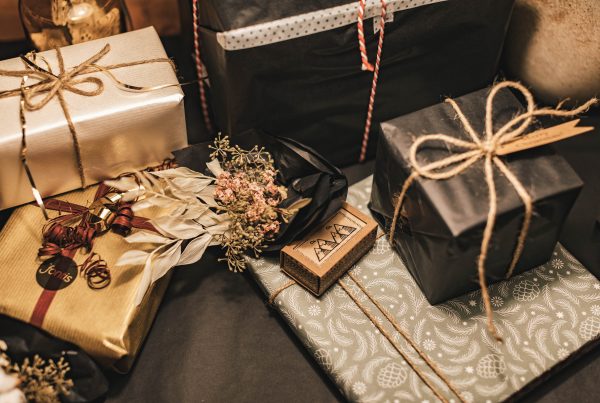The holiday season is a time of joy, unity, and cultural celebrations around the world. Christmas, Hanukkah, and Kwanzaa each bring people together to celebrate the spirit of giving, love, and hope. They also have their own unique traditions associated with them.
Beyond the familiar festivities, here are a few fascinating facts and bits of trivia that add an extra layer of charm and interest to these wonderful occasions.
Christmas Tidbits:
- Santa’s Multinational Mailbox. Did you know that Santa Claus receives mail from children all around the world? The postal services of many countries have special addresses for Santa, and people often respond to these letters to keep the magic alive.
- The Twelve Days of Christmas Tally. The classic Christmas carol “The Twelve Days of Christmas” is more than just a catchy tune. Some mathematicians who have some extra time on their hands regularly calculate the cost of the gifts mentioned in the song, and the total can be surprising! As recently as 2021, the cumulative cost of all the gifts mentioned was estimated to be over $170,000!
- Mistletoe Mystique. The tradition of kissing under the mistletoe has ancient roots. In Norse mythology, mistletoe was associated with love, peace, and friendship. Adversaries who met under it were encouraged to lay down their weapons and embrace. Over the centuries, this custom evolved into the more romantic gesture we know today.
Hanukkah Highlights:
- The Miracle of the Oil. Hanukkah commemorates the miracle of the oil that burned for eight days when there was only enough oil for one day in the reclaimed Second Temple in Jerusalem. This event is central to the holiday festival and is symbolized by the lighting of the menorah. The custom of eating foods friend in oil during Hanukkah – like latkes (crispy potato pancakes) and sufganiyot (jelly-filled doughnuts) – pays homage to this miraculous occurrence.
- Latkes or Sufganiyot? The debate over the preferred Hanukkah treat can get quite passionate. Latkes are a staple in many Jewish households in the United States, while deep-fried sufganiyot doughnuts are popular in Israel. Both are delicious, and the choice usually becomes a simple matter of location and personal preference.
- Spinning the Dreidel. The dreidel, a four-sided spinning top, is a common Hanukkah game. Players take turns spinning it, and each side bears a Hebrew letter. The game has roots in Jewish history, with the letters representing the initialism for the phrase “Nes Gadol Haya Sham,” meaning “a great miracle happened there.” In Israel, the phrase is changed to “Nes Gadol Haya Po,” where “here” refers to the homeland.
Kwanzaa Knowledge:
- The Seven Principles: Founded in 1966 by Dr. Maulana Ron Karenga, Kwanzaa is celebrated from December 26 to January 1. Each day represents one of the seven principles known as Nguzo Saba: Umoja (Unity), Kujichagulia (Self-Determination), Ujima (Collective Work and Responsibility), Ujamaa (Cooperative Economics), Nia (Purpose), Kuumba (Creativity), and Imani (Faith). These principles emphasize community, culture, and self-improvement.
- The Unity Cup: During Kwanzaa, families and communities come together to celebrate and honor their African heritage. The Unity Cup, or Kikombe cha Umoja, is used to pour libations as a way of remembering and honoring ancestors. Each family member takes a sip from the cup, raises it afterward and announces “Harambee,” meaning “Let’s pull together.” The ritual symbolizes unity and the passing down of traditions through generations.
- Kinara Candle Colors: The kinara, a candleholder used in Kwanzaa celebrations, holds seven candles: three red, one black, and three green. The colors represent the African flag and symbolize the struggle for freedom. The black candle, called the Umoja candle, is lit on the first day, and the alternating lighting of red and green candles from left to right follows, representing the principles of Kwanzaa.
As we revel in the festivities of Christmas, Hanukkah, and Kwanzaa, taking a moment to truly appreciate and understand these celebrations adds depth to the holiday spirit. Whether you’re hanging mistletoe, spinning a dreidel, or lighting the kinara, the beauty of each holiday lies not only in the traditions but also in the rich tapestry of stories and customs that make each holiday unique.





